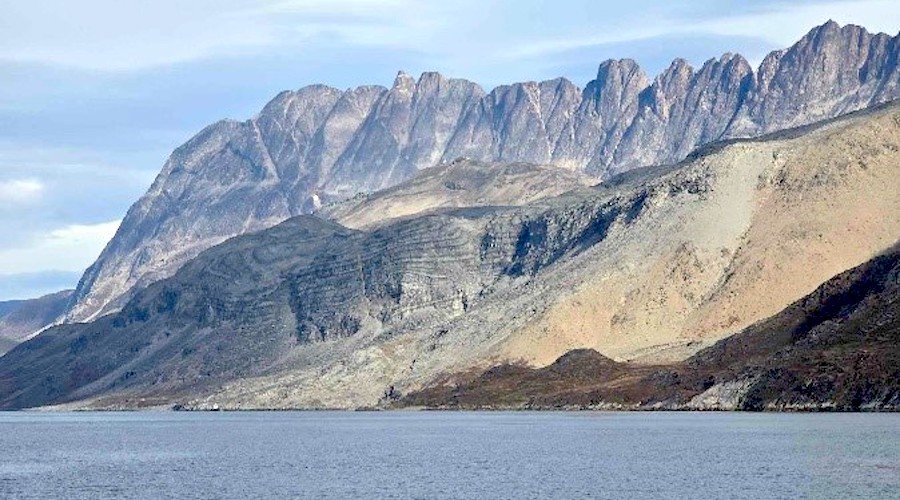LYNAS augmente foretment les ressources en terres rares à Mt Weld (Australie).
https://www.miningweekly.com/article/ly ... 2024-08-05Lynas updates Mt Weld rare earths resources
5th August 2024 By: Mariaan Webb
Critical minerals miner Lynas Rare Earths has updated its Mt Weld mineral resource statement, reporting a significant increase in tonnage and contained total rare earth oxides (TREO) compared with the 2018 statement.
The Mt Weld mineral resource surged 92% from 55.4-million tonnes to 106.6-million tonnes at 4.12% TREO at June 30, 2024. Ore reserves surged 63% to 32-million tonnes at 6.44% TREO.
The total contained TREO grew by 63%, adding resources and replacing depletion.
Lynas states that the updated ore reserve supports a 20-plus year mine life at expanded production rates for sufficient concentrate feedstock to produce 12 000 t/y of neodymium praseodymium oxide finished production in line with Mt Weld’s expansion capacity.
Lynas CEO and MD Amanda Lacaze notes that the 92% increase in mineral resources and 63% increase in ore reserves between 2018 and 2024 demonstrates the capability of the company to significantly improve orebody knowledge, assure ore reserves and continuously improve reserve extraction efficiencies.
Over 84 000 m of drilling have been performed since the previous mineral resource update in 2018 and the 2024 mineral resource includes mineralised clay zones above the saprolite ore zone of up to 3% rare earth oxide.
The updated ore reserve includes a 92% increase in contained dysprosium oxide.
“Dysprosium and terbium are essential for high performance rare earth permanent magnets used in electric vehicles and essential for high-tech electronics. The increase in reserves ensures feed for the recently announced DyTb [dysprosium/terbium] separation circuit at Lynas Malaysia, supporting Lynas to serve the needs of existing customers and acquire new customers,” Lacaze added.

